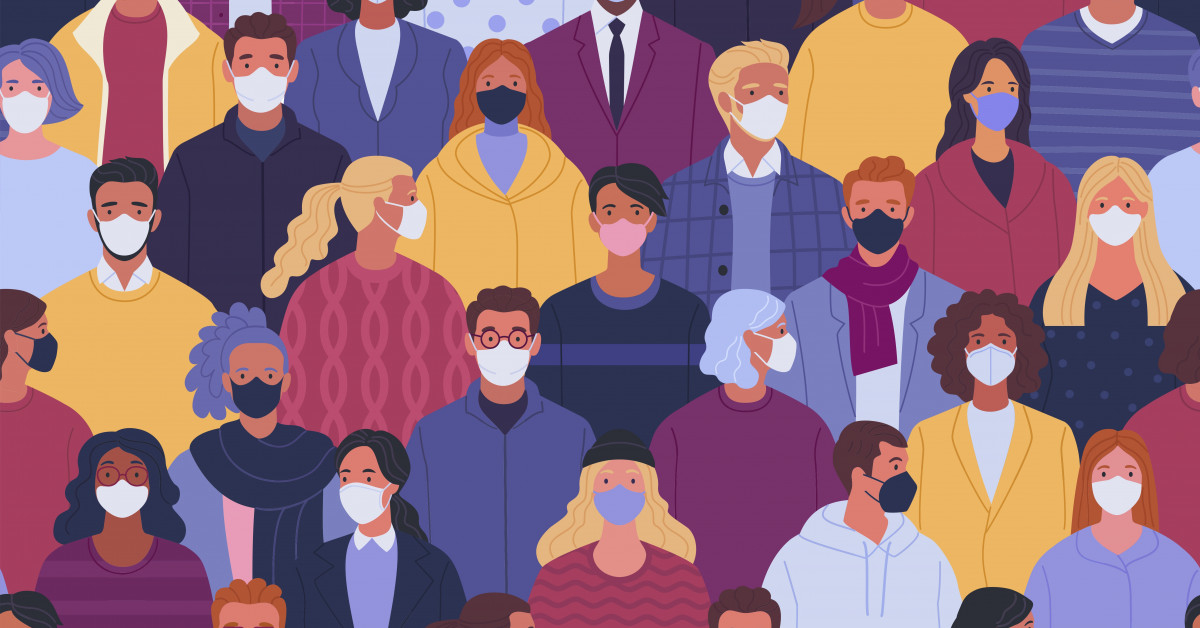The COVID-19 pandemic has caused significant disruption, distress and loss of life around the world.
Despite the onslaught of bad news we frequently receive, there has been a myriad of positive news that would stand out as spectacular triumphs of human achievement in any other year. Ranging from medical breakthroughs to public health awareness, from advances in biotechnology to shifts in work cultures, we’ve made some gigantic leaps.
Highlighting these collective achievements by humankind isn’t to deny the misery and grief that were brought upon so many around the world throughout the pandemic. Rather, it serves as a reminder that we still have a lot to fight for. It also allows us to honour the sacrifice of many brilliant human beings who, under dreadful circumstances in an exceptionally difficult time, still made monumental progress on key issues.
A cosmic leap in vaccine technology.
Vaccines for diseases have taken many years to develop in the past. But this pandemic has seen vaccines rolled out at unprecedented speeds, and it’s even more striking to learn that it took just weeks to go from sequencing the virus to injecting people with the first trial vaccines.
mRNA vaccines from companies such as Moderna and Pfizer/BioNTech are some of the major breakthroughs. While traditional vaccines (viral-vector or inactivated virus vaccines) introduce the virus to the human body in a non-dangerous way, mRNA vaccines are based on a completely different approach.
When mRNA molecules are injected into the body, they turn the recipient’s cells into a drug factory. The mRNA is a recipe that tells the cells to manufacture the “spike protein” present on the surface of the SARS-CoV-2 virus. Following that, the body notices this unfamiliar protein and spurs the production of antibodies, making it immune to the virus.
Producing mRNA vaccines is also a very powerful technique that can be used in many other applications beyond vaccines. It has a huge potential in the future, changing the way we treat literally every disease from fighting cancer to formulating life-long protection against flu.
Biotechnology beyond SARS-CoV-2 vaccines.
The manufacture of coronavirus vaccines has also accelerated the development of vaccines for other deadly diseases and expedited efforts in advancing biotechnology.
Oxford University researchers, who produced the Oxford/AstraZeneca coronavirus vaccine, have made tremendous progress in formulating a malaria vaccine that surpassed the 75 % efficacy threshold set by the World Health Organisation. The vaccine, currently amid its final stage of clinical testing, could put one of the world’s biggest killers to rest for good.
Meanwhile, Google’s DeepMind harnessed the power of artificial intelligence to solve the protein-folding problem that eluded researchers for over five decades. They released an open-source version of its deep-learning neural network on GitHub and provided the most comprehensive database yet of predicted protein structures for the human proteome. Such groundbreaking efforts are expected to translate to better drug delivery and better medical treatments.
More equipped for the next pandemic.
It’s sensible to anticipate that another pandemic will plague humanity sometime in the future. But the good news is, we will be far more prepared for it than we are for the COVID-19 pandemic.
With a heightened awareness towards personal hygiene and increased efforts to share health data and vaccine technologies, public health will be getting a shot in the arm as well. Most governments are now incentivised to coordinate a public health system that is oriented towards taking prevention and proactive measures to tackle future pandemics and respond to other ongoing health issues.
The advent of big data analytics will also stimulate pandemic preparedness. The digitalisation of clinical trials is expected to revolutionise how medical practitioners conduct clinical testing, which could ultimately allow them to cut costs and save valuable time. Coupled with advanced genomic surveillance made possible by decentralised sequencing systems powered by high-performance computing, coordinated and sustained efforts could empower public health responses to save more lives through rapid vaccine rollouts.
More silver linings around the pandemic.
Throughout the pandemic, we have also witnessed the birth of many new scientific products and endeavours such as innovative drone delivery services, better e-learning systems and improved wearable tech to detect diseases. And how about this self-cleaning door handle!
With lockdowns all over the globe, the climate was also able to draw a breath of fresh air from the significant short-term reductions in environmental pressures. For instance, energy-related emissions declined by about 7 %, while agriculture-related emissions dropped by 2 %.
Grounded flights gave the airline industry a gigantic slash in emissions by almost 50 %, making the sector the most affected by pandemic lockdowns. The substantial decline in fossil fuel emissions is great, but don’t expect it to last once the virus is brought under control. However, this might very well be the catalyst for the greening of the world’s airlines. It might also give eco-friendly airplanes the extra thrust they need to take to the skies.
Overcoming adversity is in our DNA.
This period has prompted many people to rethink how workplaces operate, embrace technological innovations and realise that we desperately need more efficient global structures.
While the pandemic has lasted much longer than many expected, it is also important that we act together to transform a period of deep adversity into one of shared well being for us and future generations.
Are there any other positives that you can draw from this pandemic? Do let us know!




































